Due north of Glasgow stands one of the nearest distilleries for those looking for a dram straight off the plane. Wedged between Loch Lomond and the Trossachs National Park and Scotland’s biggest city, Glengoyne Distillery hides among the hills of Dumgoyne in quintessentially green and pastoral Scottish countryside. The distillery is uniquely sited upon the Highland Line — that old bugbear fabricated to separate “lowland” and “highland” cultures and used by the King to resettle the non-barbarous Scots (i.e., lowlanders) in Ulster and the New World.
More of a relic than anything these days, a semblance of the Highland Line still plays a role in the classification of whisky distilleries and their associated spirit styles. Lowland distilleries, of which there are only a few, are considered to be smooth, unpeated, light-bodied drams while highland distilleries produce more challenging malts that emphasize full-bodied, often peaty flavors. Glengoyne, in a serendipitous stroke of marketing genius, straddles the Highland Line so that it distills in the highlands but ages the whisky in the lowlands.
Will their whisky appeal to all palates?
My crew of four travelers arrived to Glengoyne on drizzly day in mid-May after a drive from Edinburgh. The drive was pleasant though the going is quite slow once you leave the motorway and begin wending your way along the small backroads. We hustled across the Highland Line – a busy road – and between white-washed buildings arrayed on either side of a small lane leading back to the visitor center and original water source. Loads of European tourists and a few Americans crowded the pretty visitor center. I was not surprised. I imagine Glengoyne must be one of the busiest distilleries in the country given its proximity to Glasgow, Edinburgh, and Stirling.
We hopped on the Gold Medal Parade tour, which provides a tasting of their gold-medal-winning malts at the end. No matter what distillery you visit in Scotland, it’s always worth the extra money to go on a higher-tier tour. The opportunity to taste more of a distillery’s expressions with the guidance of your tour guide/brand manager/distillery manager is such an interesting and educational experience you won’t soon forget it.
After a brief introduction on the basic process of making whisky, our guide handed out samples of Glengoyne 12 Year — a pleasant, easy-drinker — and took us out behind the visitor center to look at the pond and waterfall that were the original water sources for whisky-making here in Dumgoyne. These days, however, it doesn’t provide enough water (approximately 100 liters of water = 1 bottle of whisky) so the reservoir at nearby Loch Carron is used instead.
Our mostly Danish group finished the 12 Year sample and hiked down the lane toward the brewhouse. The distillery was founded in 1833 on a farm after the cost of distilling licenses and taxes dropped, but there was likely illicit distilling happening among these hills long before that time. It’s a common origin story among Scottish distilleries and provides an enlightening look at the ridiculousness and ineffectiveness of prohibition.
Glengoyne is routinely considered one of the most beautiful distilleries in Scotland and I can’t argue with that assessment. Great care is given to the grounds and buildings. Unfortunately, as is all too common and — truthfully — unnecessary, cameras and phones were only allowed outside of the distillery.
Sixty tons of barley are delivered to Glengoyne each week. This barley is malted at a factory since Glengoyne is not one of the half dozen or so distilleries that still do their own floor malting. This barley is entirely unpeated — a badge that Glengoyne wears proudly and trumpets often.
Three burnished copper stills bubbled away in the stillhouse where Glengoyne undertakes the slowest distillation process in Scotland. The low temperature of the still fires yields 4-5 liters of spirit per minute, a choice that maximizes copper contact, removes sulphur and other heavy compounds, and encourages estery notes in the finished product. The end result is a very smooth, light-bodied whisky that will take on the charms of the barrels in which it ages.
Speaking of barrels, we headed next to Glengoyne’s warehouse No. 1 where an impressive visual representation of the aging process awaited us. A clear distinction between American oak and European oak, Bourbon casks and Sherry casks, highlighted the effects of age and wood upon Glengoyne’s newmake spirit. This display is among the best I’ve seen as far as showing the impact of wood on the character and flavor of whisky, right up there with Dalmore.
After leaving the warehouse we finished up in a cozy room with a couple of high-powered Glengoyne drams. We started with the Glengoyne 18 Year, a mix of 50% first-fill Sherry casks and 50% ex-Bourbon casks. The dram was sweet and fruity on the nose. Apples, pears, and buttered bread with a dollop of honey. The complexity of the 18 Year revealed itself on the palate. Very smooth with more apples, marzipan, black licorice, honey comb, toasted crumpet, and an earthy, umami element that reminded me of porcini mushrooms in a loamy forest. A throat warmer. Beyond the initial salvo of flavors hid a bit of menthol/eucalyptus. Very nicely balanced and quite different from the 12 Year which spends all its time in ex-Bourbon casks.
Next we tried the Glengoyne 21 Year, which spends all of its time in first-fill Sherry casks. We were instructed to look for Christmas cake, dried fruits, currants, and spices, and indeed I found all those classic notes of a heavily Sherried whisky. Raisins stood tall, and there were moments where this tasted more like Pedro Ximenez Sherry than single malt whisky. Tablet and milk chocolate also asserted themselves, then a little anise on the long finish. This was a good dram, but I fear the casks are drowning out the whisky’s character.
The Gold Medal Parade ended in the shop where we received our final tipple – Glengoyne Cask Strength. I do enjoy cask strength whisky, but this dram felt very closed up and difficult to peel apart after the 18 and 20 Year expressions. At ~58% ABV, the effect was quite hot and there was more wood than sweetness.
Despite Glengoyne’s geographical situation, the distillery is classified as a highland distillery. And yet, the whisky has more in common with a lowlander like Glenkinchie. The drams are very smooth, unpeated, and generally heavily Sherried. I really enjoyed the tour and the tasting. So much that I’m looking for a bottle of Glengoyne 18 that I can afford.
Glengoyne is a very easy distillery to get to from the central belt and well worth your time. They combine aesthetically pleasing facilities with smooth, drinkable whisky that appeals to many a whisky drinker. Even those barbarous highlanders 😉
Disclosure: Glengoyne provided complimentary tickets to their Gold Medal Parade tour. All thoughts and opinions expressed here, as always, are my own.

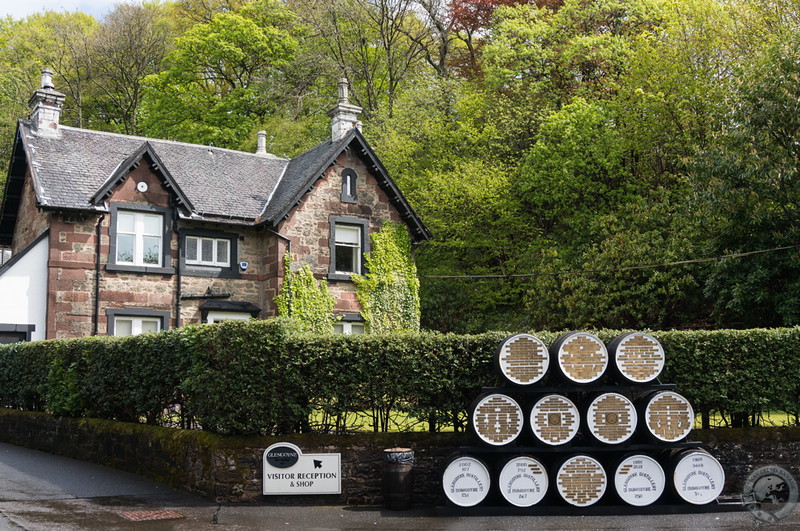
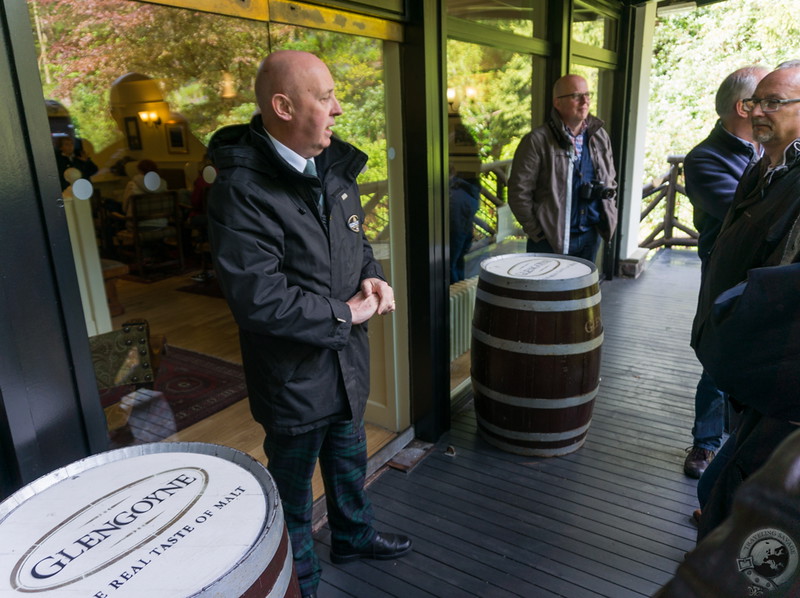
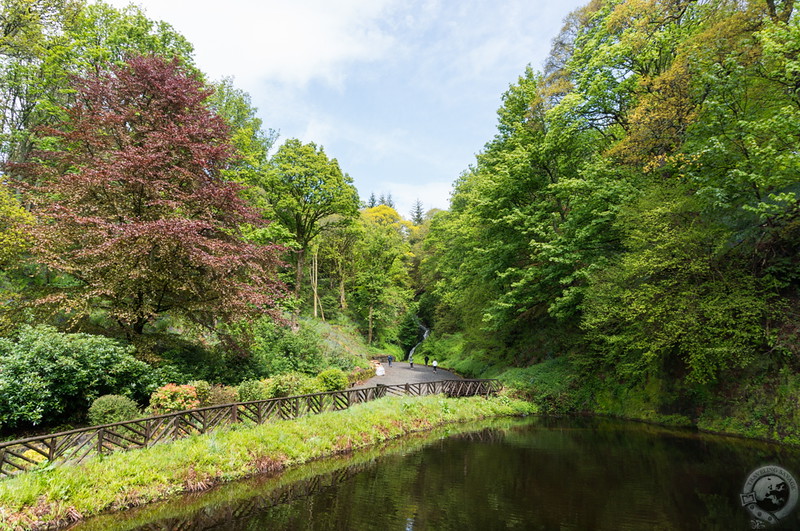
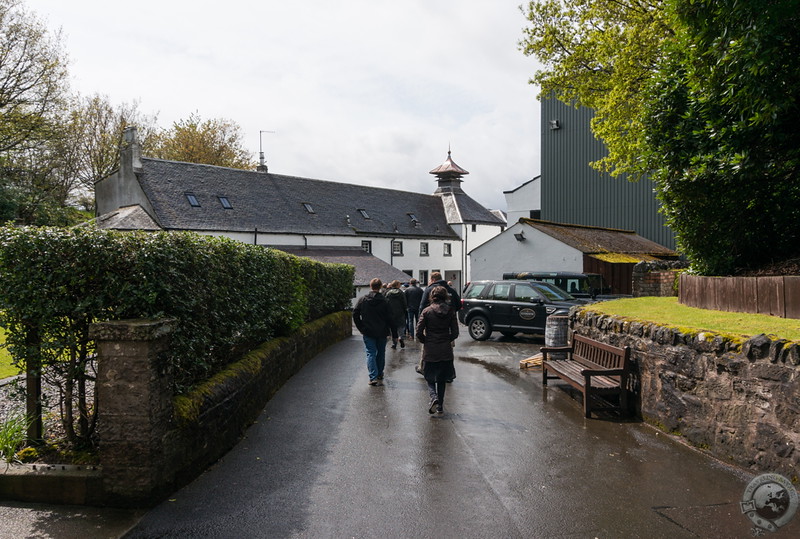
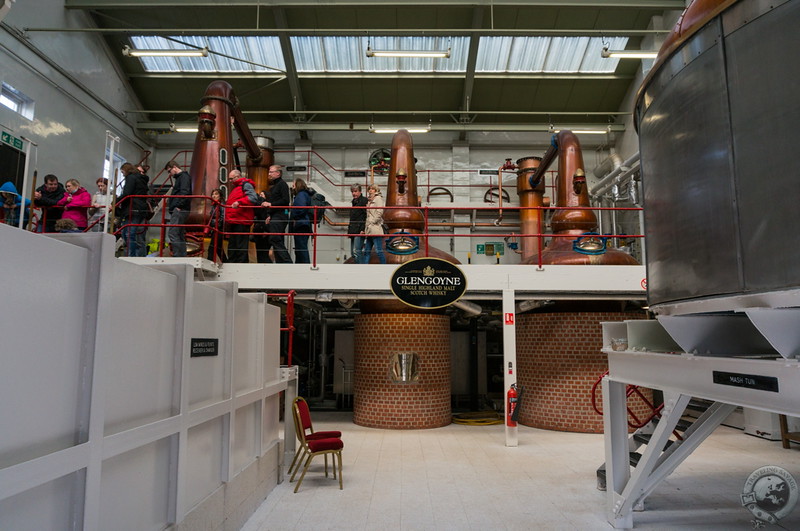
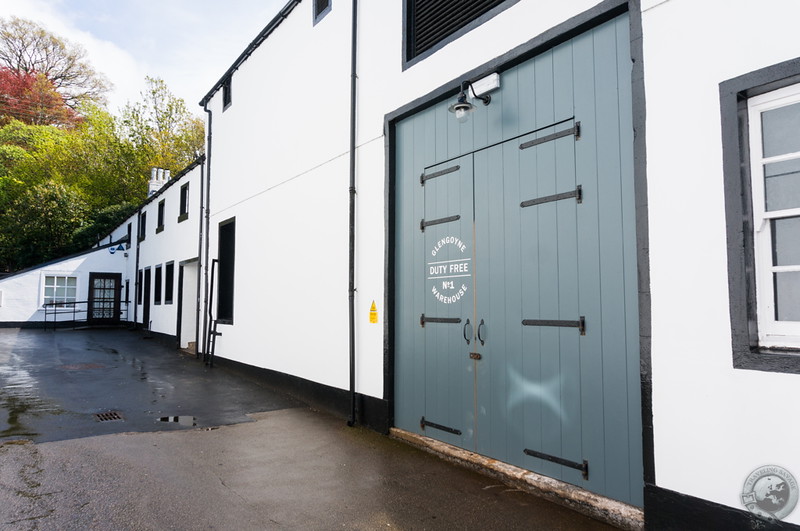
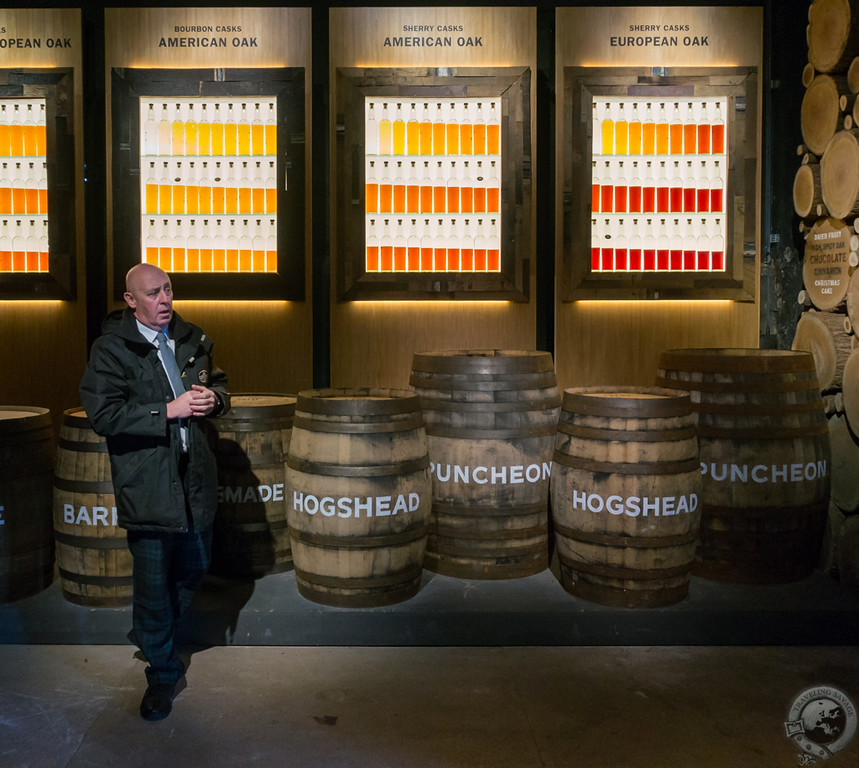
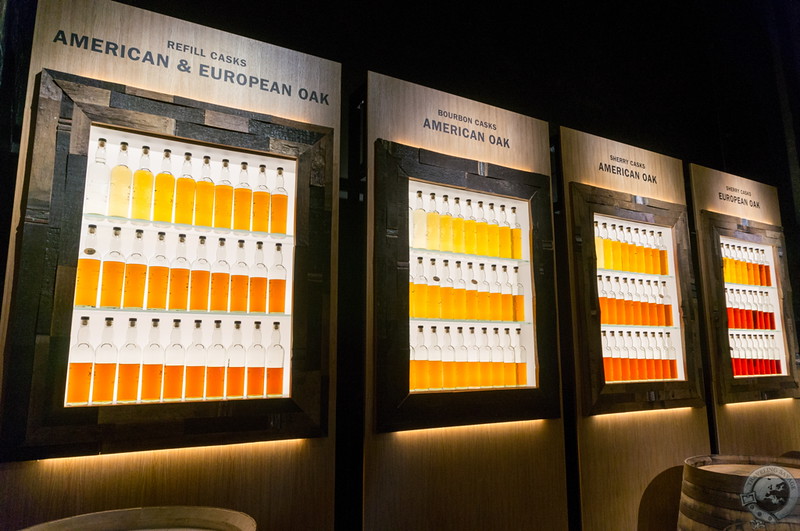
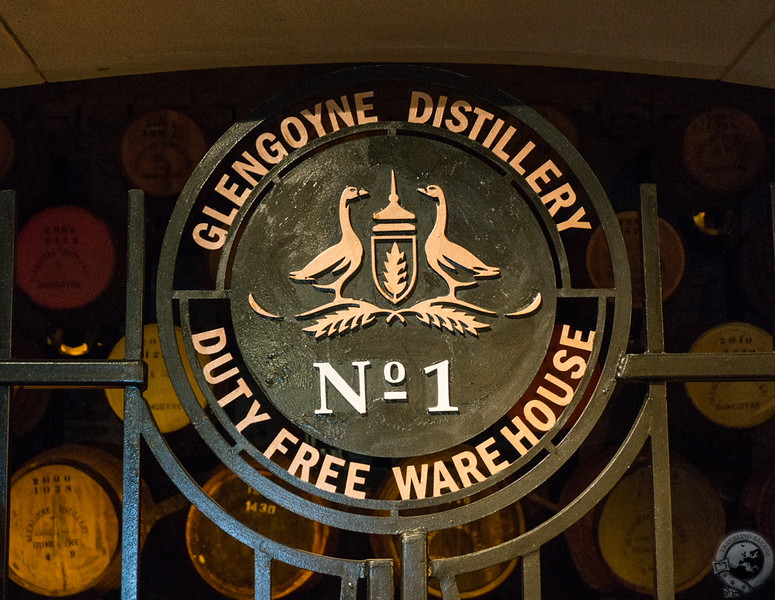
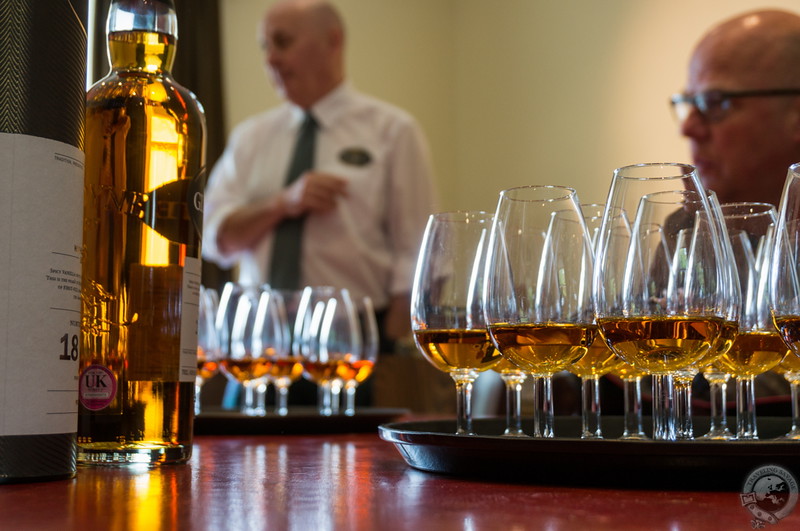
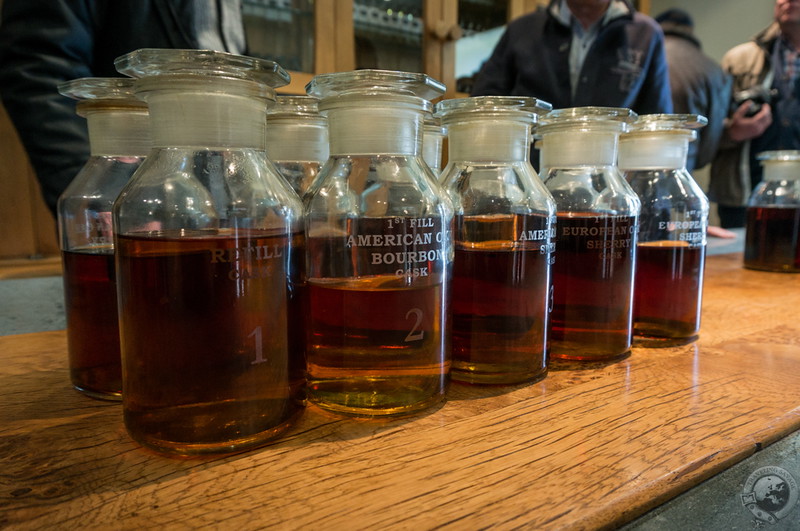
Hi Keith,
Just want to point out a factual error in the above information on barley strains.
Macallan has not used Gold Promise barley for about a decade now, since it does not provide a high spirit yield.
Instead they use Minstrel/Optic
Other than that I’m surprised that Glengoyne still uses Golden Promise (I’m guessing you were told there?)
Thanks for the correction. I overheard the mention of Golden Promise while on the tour in my recorded audio, but looking back through my notes I can’t verify its veracity so I’ve removed this mention from the article.
I was there a couple of years ago and LOVED it! Bought waaaaay too much whisky to bring home with me haha!
[…] visited over 40 distilleries around Scotland and seen gleaming gems like Glenrothes, Balvenie, and Glengoyne that make the visitor experience a top priority. On the other hand, Ben Nevis’s visitor […]
Just came back from a first trip to Scotland and we visited Glengoyne while in Glasgow. My friend and I did the Malt Master Tour – great tour then we got to be Whisky Mad Scientists and create our own blend using as much of 5 different samples. Our finished products taste completely different. We had the best time with our guide Lois!
Sounds like a wonderful time!